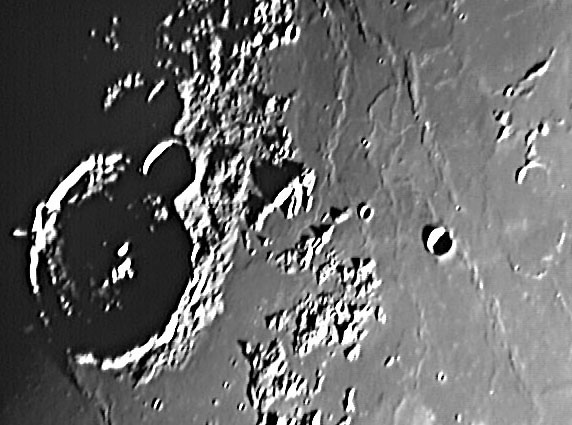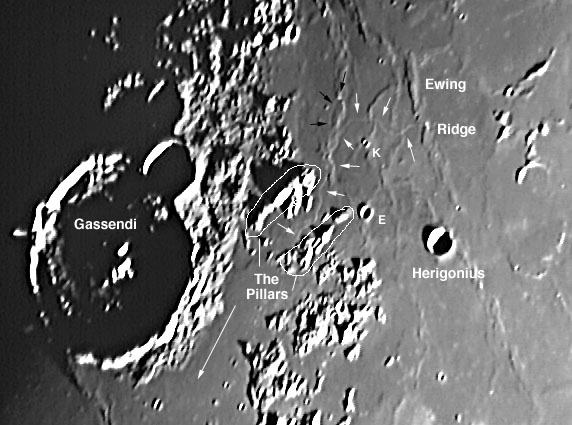Difference between revisions of "July 4, 2004"
| (8 intermediate revisions by the same user not shown) | |||
| Line 1: | Line 1: | ||
__NOTOC__ | __NOTOC__ | ||
=Threading the Pillars= | =Threading the Pillars= | ||
| + | <!-- Start of content --> | ||
<table width="85%" border="0" align="center" cellpadding="6" cellspacing="2"> | <table width="85%" border="0" align="center" cellpadding="6" cellspacing="2"> | ||
<tr> | <tr> | ||
| Line 8: | Line 9: | ||
<tr> | <tr> | ||
<td colspan="2"><div align="center"> | <td colspan="2"><div align="center"> | ||
| − | + | {{HoverImage|LPOD-2004-07-04.jpeg|LPOD-2004-07-04b.jpeg}} | |
</div></td> | </div></td> | ||
</tr> | </tr> | ||
| Line 14: | Line 15: | ||
<table width="100%" border="0" cellpadding="8"> | <table width="100%" border="0" cellpadding="8"> | ||
<tr> | <tr> | ||
| − | <td><div align="center | + | <td><div align="center"><p>Image Credit: [mailto:kcpaulhk@yahoo.com.hk KC Pau]</p></div></td> |
</tr> | </tr> | ||
</table> | </table> | ||
| Line 20: | Line 21: | ||
<p class="story" align="center"><b>Threading the Pillars</b></p> | <p class="story" align="center"><b>Threading the Pillars</b></p> | ||
<p class="story" align="left"> | <p class="story" align="left"> | ||
| − | [ | + | [[January_15,_2004|Gassendi]] steals the limelight when the Moon is 11 days old, but there are other less prominent features nearby that tell interesting stories. To the northeast of Gassendi at the southern end of Oceanus Procellarum is a very delicate rille with an important connection to Mare Humorum. West of the 15 km wide crater Herigonius - mouseover for names - is the Herigonius sinuous rille. It begins in a small pit on the Ewing mare ridge and meanders first to the west and then southward toward Humorum. On KC's image the rising sun reflects like a bright sinuous snake from the western wall of the narrow rille (white arrows). The rille curves around low mare ridges - which thus must have been there first - and west of the crater Herigonius K merges invisibly with a second fainter rille (black arrows). The combined rilles flow between two elongated ridges that I call the Pillars and dies out to the south. Spectral mapping shows that the basalts that emptied from the sinuous rilles - which are lava channels - are dark, medium -titanium lavas. These lavas apparently flowed south (long white arrow) and filled the central-eastern portion of Mare Humorum. Thus, the thin rille that you can just barely detect in a telescope is the channel that delivered most of the visible lava in Mare [[February_18,_2004|Humorum]]! </p> |
<blockquote> | <blockquote> | ||
<p align="right" class="story">— [mailto:tychocrater@yahoo.com Chuck Wood]</p></blockquote> | <p align="right" class="story">— [mailto:tychocrater@yahoo.com Chuck Wood]</p></blockquote> | ||
| Line 26: | Line 27: | ||
28 Jun 2004, 13h21m (UT), 10" Newtonian with 2.5X barlow and Philips Toucam Pro.</p> | 28 Jun 2004, 13h21m (UT), 10" Newtonian with 2.5X barlow and Philips Toucam Pro.</p> | ||
<p class="story" align="left"><b>Related Links: </b><br> | <p class="story" align="left"><b>Related Links: </b><br> | ||
| − | [ | + | [http://www.lpi.usra.edu/research/lunar_orbiter/images/img/iv_137_h2.jpg Lunar Orbiter IV View] <br> |
| − | [ | + | [http://www.lpi.usra.edu/research/apollo/images/AS16/119/19162.jpg Apollo 16 View] </p> |
| − | <p | + | <p><b>Yesterday's LPOD:</b> [[July 3, 2004|Moving Moon]] </p> |
| + | <p><b>Tomorrow's LPOD:</b> [[July 5, 2004|Insularum Interlude]] </p> | ||
</tr> | </tr> | ||
</table> | </table> | ||
| Line 39: | Line 41: | ||
<td><p align="center" class="main_titles"><b>Author & Editor:</b><br> | <td><p align="center" class="main_titles"><b>Author & Editor:</b><br> | ||
[mailto:tychocrater@yahoo.com Charles A. Wood]</p> | [mailto:tychocrater@yahoo.com Charles A. Wood]</p> | ||
| − | < | + | <!-- Cleanup of credits --> |
| − | + | <!-- Cleanup of credits --> | |
| − | < | + | <!-- Cleanup of credits --> |
| − | + | <!-- Cleanup of credits --> | |
| − | < | + | <!-- Cleanup of credits --> |
| − | + | <!-- Cleanup of credits --> | |
| + | <!-- Cleanup of credits --> | ||
</tr> | </tr> | ||
</table> | </table> | ||
| Line 50: | Line 53: | ||
<div align="center"></div> | <div align="center"></div> | ||
<p> </p> | <p> </p> | ||
| − | ---- | + | <!-- End of content --> |
| − | + | {{wiki/ArticleFooter}} | |
| − | |||
Latest revision as of 22:40, 8 February 2015
Threading the Pillars
Image Credit: KC Pau |
|
Threading the Pillars Gassendi steals the limelight when the Moon is 11 days old, but there are other less prominent features nearby that tell interesting stories. To the northeast of Gassendi at the southern end of Oceanus Procellarum is a very delicate rille with an important connection to Mare Humorum. West of the 15 km wide crater Herigonius - mouseover for names - is the Herigonius sinuous rille. It begins in a small pit on the Ewing mare ridge and meanders first to the west and then southward toward Humorum. On KC's image the rising sun reflects like a bright sinuous snake from the western wall of the narrow rille (white arrows). The rille curves around low mare ridges - which thus must have been there first - and west of the crater Herigonius K merges invisibly with a second fainter rille (black arrows). The combined rilles flow between two elongated ridges that I call the Pillars and dies out to the south. Spectral mapping shows that the basalts that emptied from the sinuous rilles - which are lava channels - are dark, medium -titanium lavas. These lavas apparently flowed south (long white arrow) and filled the central-eastern portion of Mare Humorum. Thus, the thin rille that you can just barely detect in a telescope is the channel that delivered most of the visible lava in Mare Humorum! Technical Details: Related Links: Yesterday's LPOD: Moving Moon Tomorrow's LPOD: Insularum Interlude |
Author & Editor: |
COMMENTS?
Register, Log in, and join in the comments.





